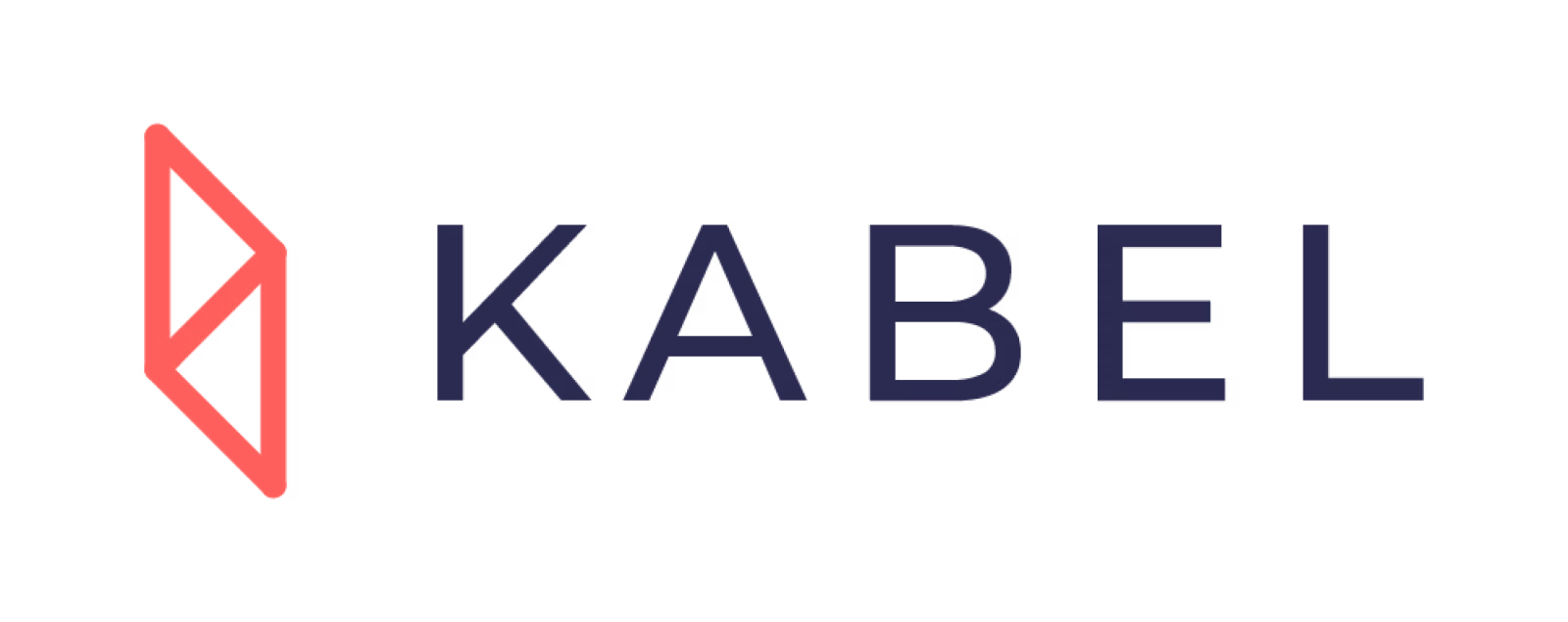How to Train Your Own Digital Agents, Step by Step
If you’ve ever hired an intern and thought, “They’re bright, but I don’t have time to train them,” you’re not alone.
This is the biggest reason most companies underuse interns. They see them as short-term helpers, not long-term capacity builders. But companies growing fastest today are doing something different, they’re training interns as Digital Agents.
Digital Agents aren’t just learning from your business, they’re helping it evolve. They learn tools, test workflows, automate tasks, and leave behind digital systems that save time for everyone else.
Here’s how you can build that capability, starting with your next batch of interns.
Step 1: Identify the Capacity Drain Areas
Start by asking your team:
“What are the top 3 tasks that take time but don’t require senior judgment?”
Common examples:
- Data reporting and cleaning
- CRM updates or email follow ups
- Marketing automation and scheduling
- Vendor or client tracking
- SOP documentation
These are perfect Digital Agent zones, repetitive enough to systemize and valuable enough to matter.
Step 2: Design Learning Projects, Not Job Descriptions
Instead of assigning tasks like “support marketing,” create learning challenges like:
“Build and test a 30 day social media automation using Airtable and Canva.”
Each project should have:
- A clear goal (what to build or improve)
- A defined timeline (2 to 4 weeks)
- A tangible output (report, workflow, dashboard, etc.)
This shifts the intern mindset from execution to experimentation.

Step 3: Pair Every Digital Agent with a Sponsor, Not a Supervisor
The fastest way to kill initiative is micromanagement.
A sponsor mentors by asking guiding questions, not giving step-by-step answers. They help Digital Agents think through problems, make small bets, and reflect on progress.
In return, sponsors gain fresh insight into new tools and digital practices.
It becomes a two-way learning loop.
Step 4: Use Agile Learning Cycles
Digital Agents thrive on feedback speed. Instead of waiting for end-of-internship reviews, use weekly sprints:
- Plan: Decide what to test or build this week.
- Execute: Let them explore, experiment, and document.
- Review: Hold a 30-minute check-in to show progress.
- Reflect: Capture what worked and what didn’t in a shared log.
This rhythm creates momentum, and you’ll start seeing meaningful business impact within weeks.
Step 5: Capture and Compound the Learning
Every intern should leave behind reusable assets:
- Standard operating procedures (SOPs)
- Templates, dashboards, or automation scripts
- Documentation of tools tested and outcomes
Store these in Notion, Google Drive, or your internal wiki.
By the third intern cycle, you’ll notice something important: your team is learning faster than it is hiring. That is the foundation of a self-renewing capacity system.
How Kabel Helps You Build Digital Agents Fast
Kabel has seen how structured learning transforms interns into performance multipliers. That’s why we built the Digital Agent Program, a ready-to-run system that helps you:
- Select interns with strong digital skills and learning agility
- Train them using our Future Skills Framework for automation, data, and communication
- Match them to real business projects with measurable outcomes
- Track progress through dashboards and post project insights
Within 90 days, your company doesn’t just get extra hands, you gain a repeatable system for digital adoption and capacity building.
Final Thought
Building capacity doesn’t require more full timers. It requires people who can learn fast, adapt fast, and build systems that last.
That’s what Digital Agents do. And that’s what Kabel helps you build.
Hire or Train Your Digital Agents Through Kabel
Want to see how Digital Agents can accelerate your business?






